
Let's talk!
Fill out this form and we will contact you as soon as possible.
Hesperaloe plants are hardy, drought-tolerant perennials native to the arid landscapes of the southwestern United States and northern Mexico. Known for their elegant, arching leaves and tall flower spikes, these resilient plants bring year-round texture and architectural interest to gardens and xeriscapes. Their tubular, coral-red or yellow flowers bloom throughout the warmer months, attracting hummingbirds and pollinators.
Our hesperaloe liners are cultivated for strength and adaptability, making them an excellent choice for low-maintenance landscapes. Thriving in full sun and well-draining soil, hesperaloe young plants require minimal water once established, making them ideal for sustainable, water-wise gardens. Their deer-resistant nature and tolerance to extreme temperatures further enhance their appeal in both residential and commercial landscapes.
Whether used as an accent plant, mass-planted for dramatic effect, or incorporated into rock gardens, hesperaloe liners offer a perfect blend of rugged beauty and effortless care.
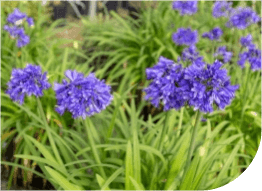
Agapanthus nursery plant liners feature vibrant blue or white blooms and lush, strap-like leaves.
VIEW MORE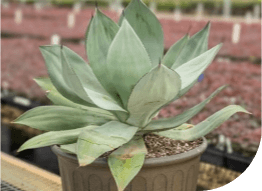
Agave nursery plant liners boast bold, sculptural leaves, making them a stunning, low-maintenance choice for xeriscaping.
VIEW MORE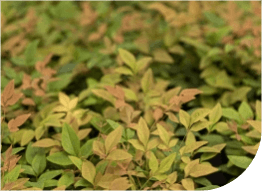
Aloe nursery plant liners are loved for their rosette form and medicinal, fleshy leaves.
VIEW MORE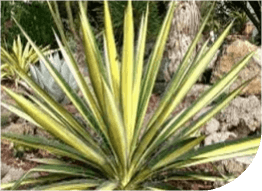
Alpinia nursery plant liners stand out with tropical foliage and vibrant flowers, ideal for shaded gardens.
VIEW MORE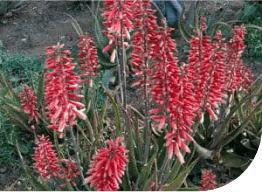
Aloe nursery plant liners are loved for their rosette form and medicinal, fleshy leaves.
VIEW MORE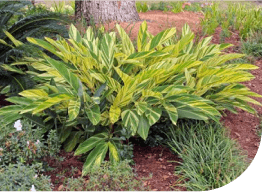
Alpinia nursery plant liners stand out with tropical foliage and vibrant flowers, ideal for shaded gardens.
VIEW MORE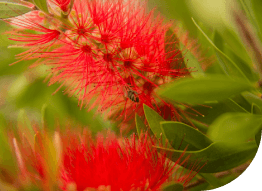
Callistemon nursery plant liners feature unique red blooms that are loved by pollinators.
VIEW MORE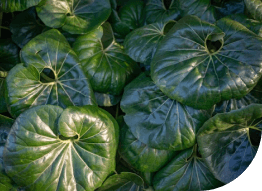
Farfugium nursery plant liners add charm with glossy, round leaves and bright yellow flowers.
VIEW MORE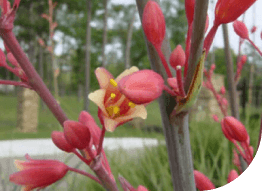
Hesperaloe nursery plant liners boast arching leaves and tall, striking red or pink flower spikes.
VIEW MORE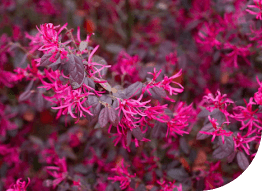
Loropetalum nursery plant liners showcase deep-purple foliage and delicate, pink, fringed flowers.
VIEW MOREHesperaloe plants are low-maintenance and thrive in dry, well-draining soil with minimal water. Once established, they require little irrigation, to encourage healthy growth, plant hesperaloe liners in areas with good air circulation and remove spent flower stalks after blooming. These plants are highly resistant to pests and diseases, making them a hassle-free addition to any garden.
Hesperaloe plants are native to the arid regions of the southwestern United States and northern Mexico. They have adapted to survive in desert-like conditions, making them exceptionally resilient to heat, drought, and poor soil conditions.
Hesperaloe young plants thrive in full sun and require at least six hours of direct sunlight per day. While they can tolerate partial shade, their growth and flower production are best when planted in a sunny location.
Yes, hesperaloe plants are considered succulent perennials. Their long, arching leaves store water, allowing them to withstand extended dry periods. Despite their succulent nature, they are more closely related to yuccas than to typical cacti or aloe species.
Hesperaloe young plants are well-suited for USDA hardiness zones 5 to 11. They can tolerate cold temperatures down to approximately -10°F (-23°C) once established, making them a versatile choice for a variety of climates.
For over 46 years, Magnolia Gardens Tissue Culture Division has been dedicated to delivering top-quality young plants, pioneering protocol development, and efficient stock management services to breeders, growers, and brokers alike. We take pride in customizing our services to meet the unique needs of each client with a win-win mindset.
MGN Liners is a division of Magnolia Gardens Nursery.
+46 years
Almost half century of experience in the green industry
+9M
More than 9 million plants produced per year in our Tissue Culture laboratory
+4.5M
More than 4.5 million plants produced per year in our greenhouse
95%
of the production comes from our laboratory in Texas